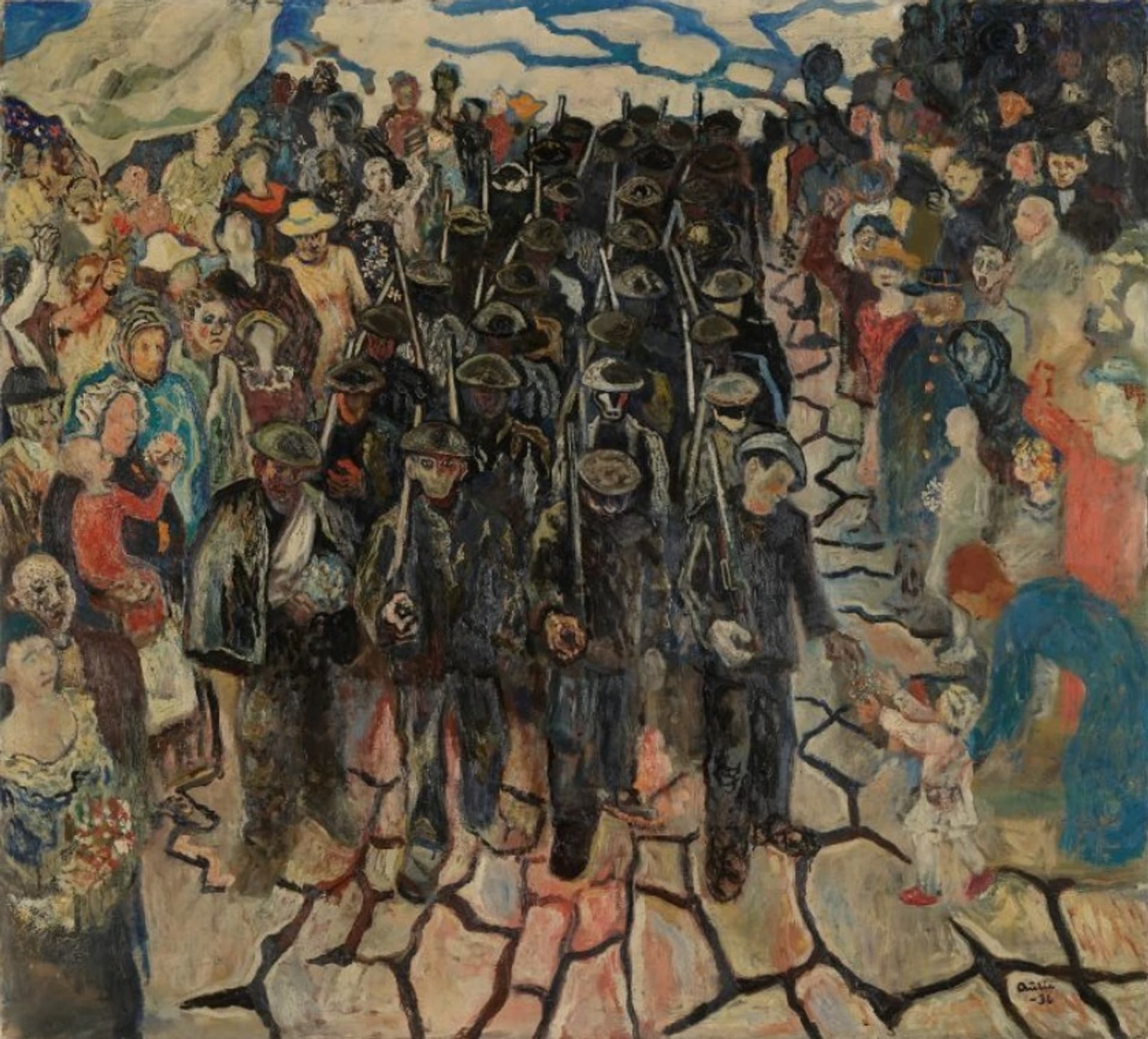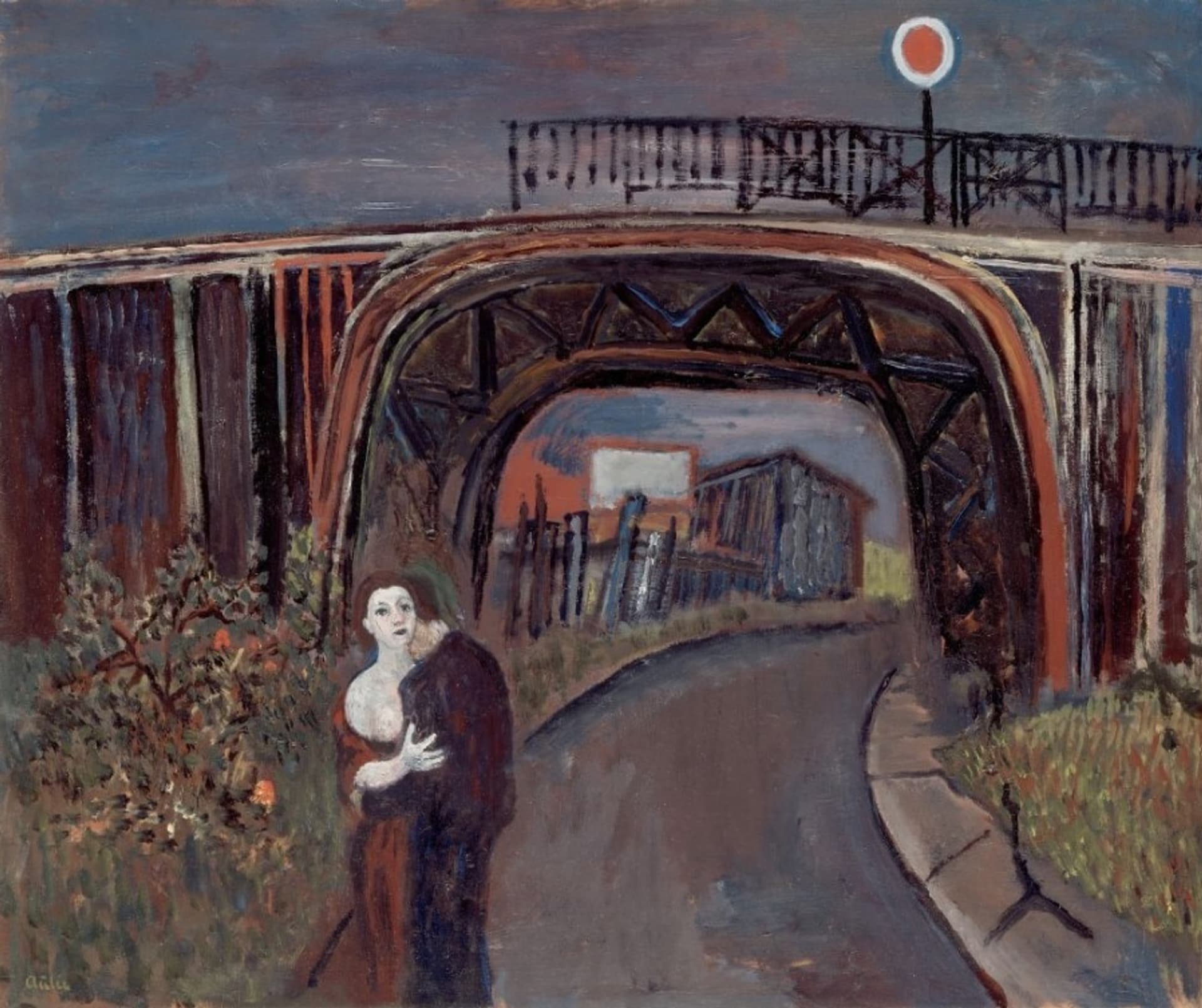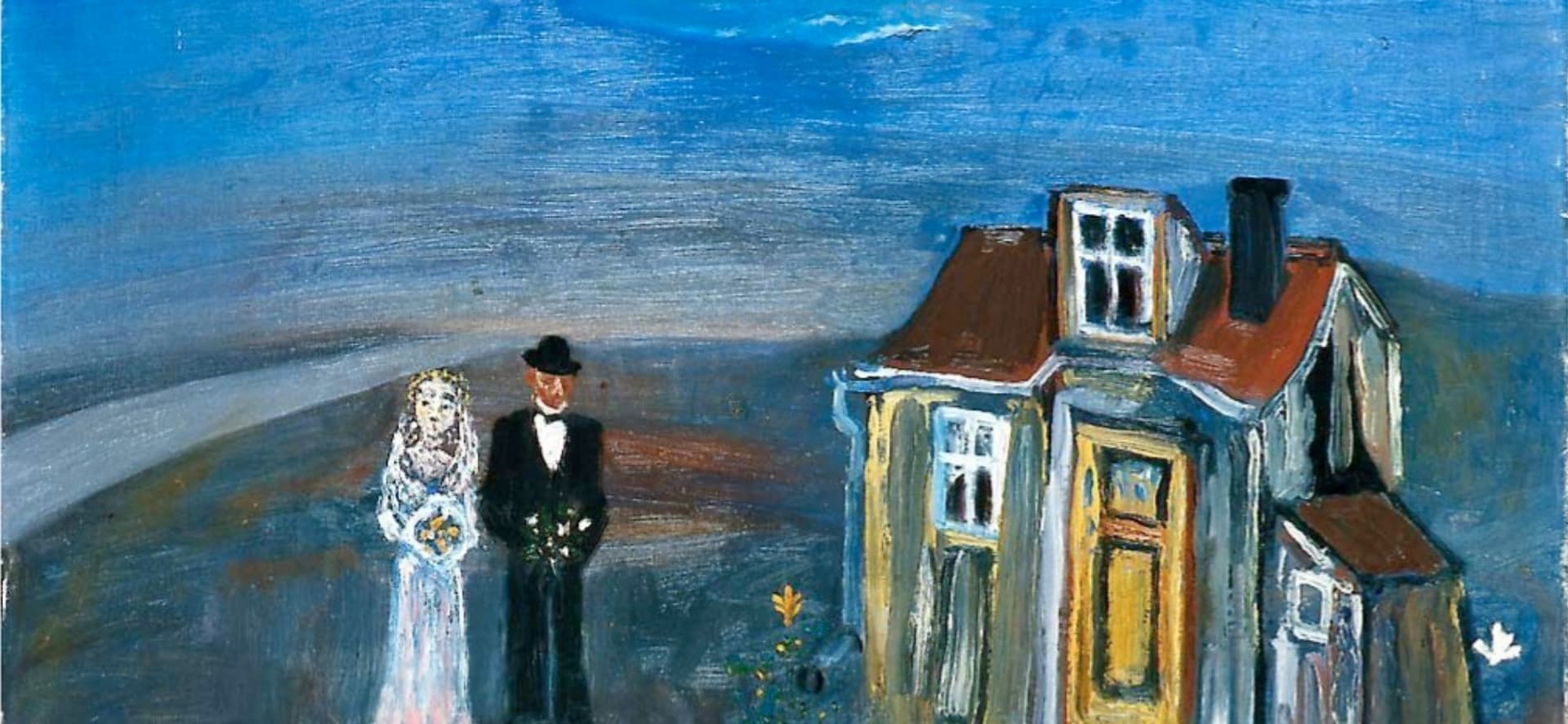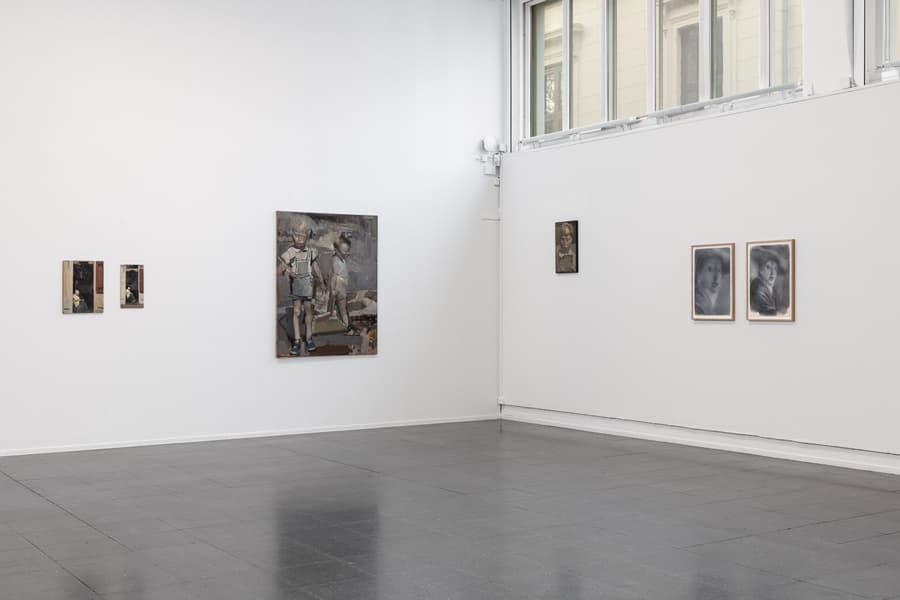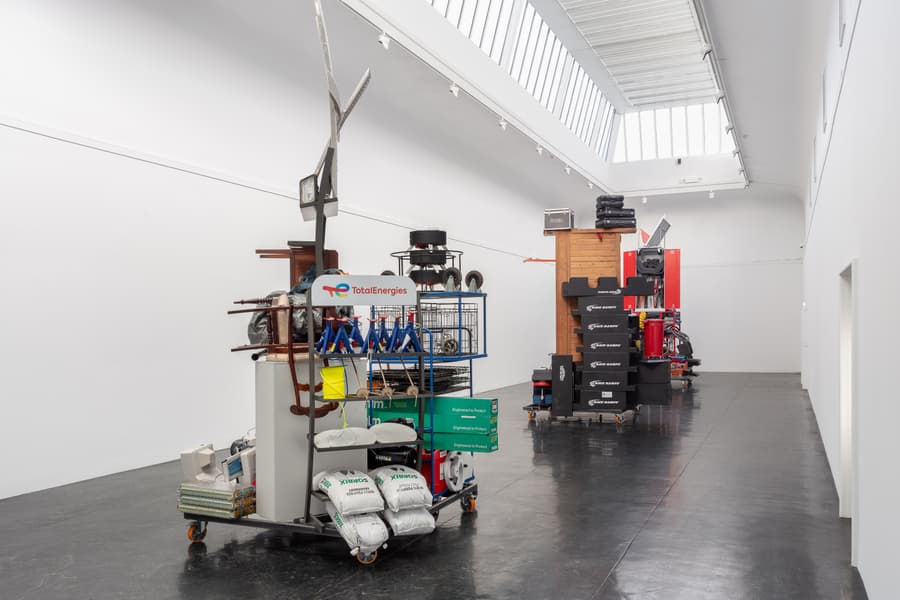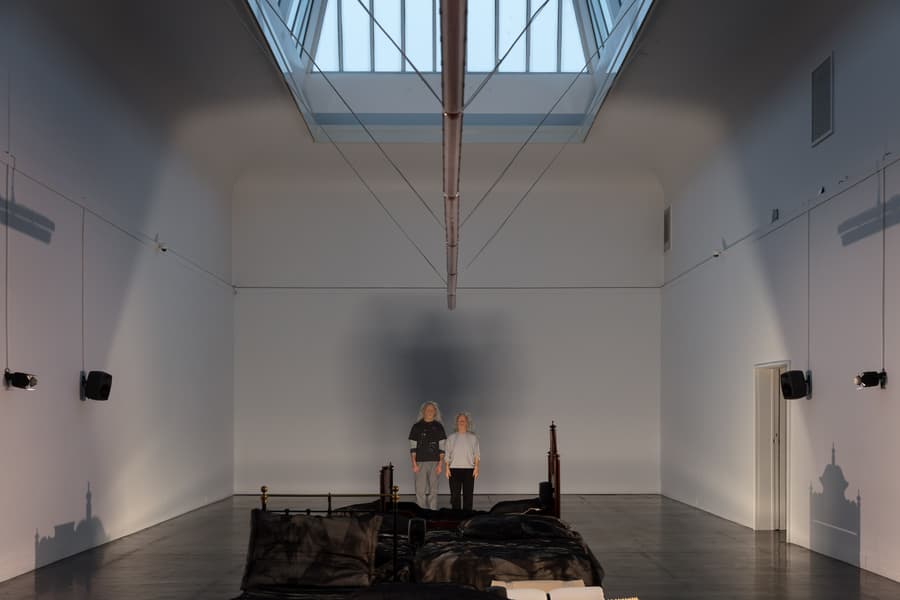Reidar Aulie
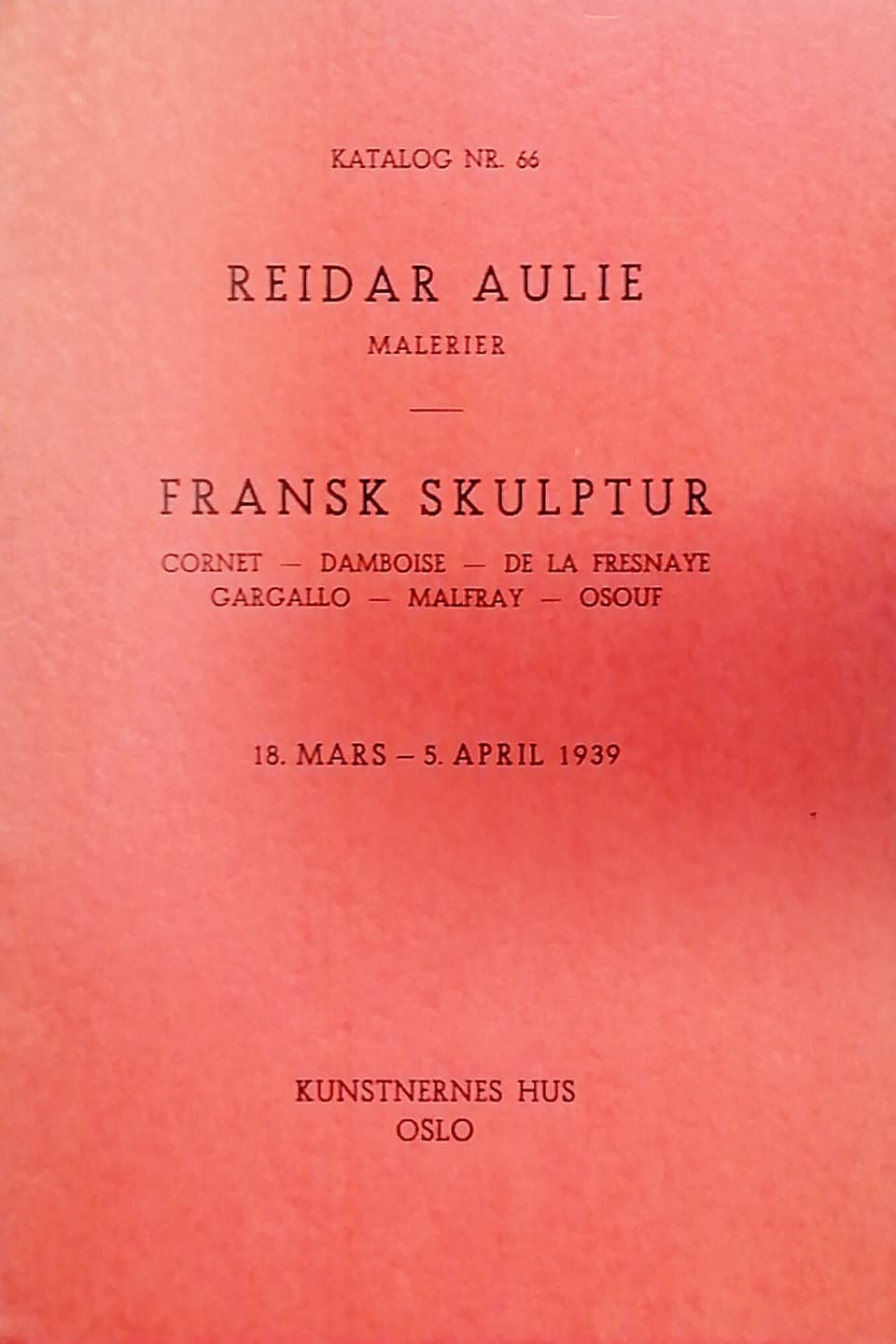
Paintings
About the exhibit
At this exhibition, Reidar Aulie (1904-1977) exhibited paintings from the period 1935 to 1939.
Om kunstneren
Reidar Aulie studied at the Norwegian Academy of Fine Arts, first under Christian Krohg, and Aulie is the one of the painters of the interwar period who carried on Krohg's social involvement as it had emerged in art in the 1880s. Subsequently, Axel Revold became Aulie's most important teacher at the Academy, and Aulie is today considered one of the foremost Revold students. Here he strengthened his contact with French art and the compositional and coloristic structure of the pictorial surface. Aulie found a direct narrative idiom in his art. In his early pictures, a connection is found both with German Neue Sachlichkeit painting and Soviet socialist realism. Eventually, both the idiom and the perception of the motif developed in a more naïve direction. Coloristically, he changed the triad combinations to a stronger use of contrasting colors, a development to a more expressionistic idiom. Within a couple of years after his debut at the Autumn Exhibition in 1927, he came up with the most important types of motifs which he stuck to throughout his life. He found urban motifs on Oslo's eastern edge and in Paris, e.g. Østkantbro (1928, Norwegian Lokomotivmannsforbund), Østkant (1929, Gothenburg Art Museum), From Paris (1927) and Evening in Paris (1928). Many of Aulie's pictures have a literary content, such as politically agitating pictures from the early 1930s. His political commitment played a major role in his artistic development and his pictures express a real social awareness. (The section is based on Norwegian artist encyclopedia online). The Homecoming of the Front Soldiers (1936) and The Latest News (1936-37) with motifs from the Spanish Civil War and a clear anti-fascist and pacifist tendency, were shown at this exhibition.
